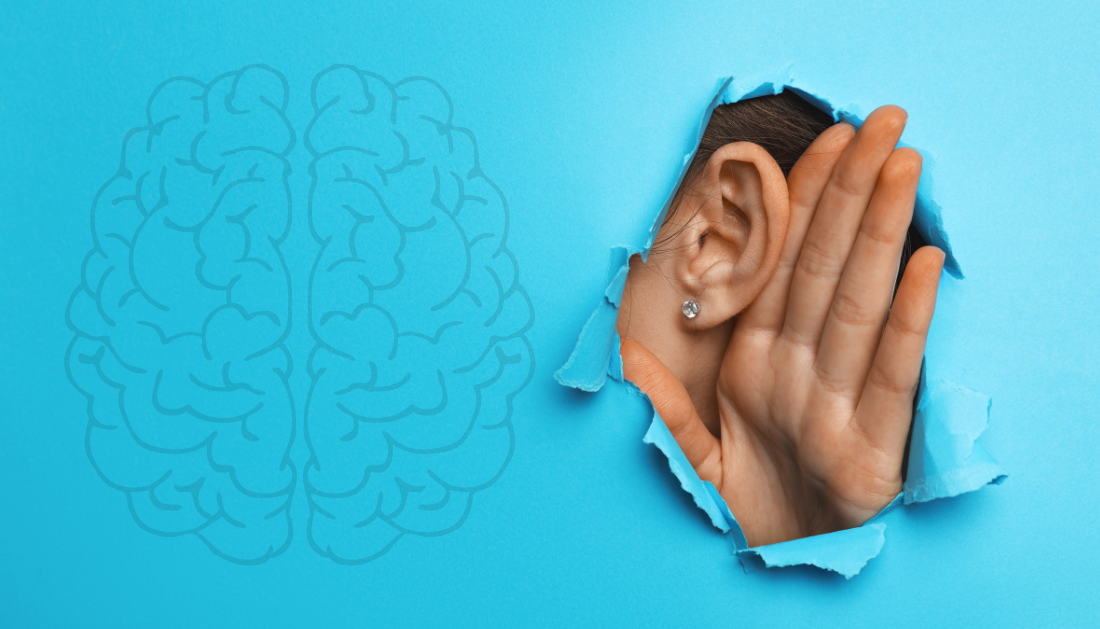

Selective Attention: New Insights from the Auditory Cortex
A recent collaborative study from the University of Michigan’s Kresge Hearing Research Institute and the University of Rochester reveals that selective attention, the ability to focus on one voice in a noisy environment, is a purely cortical function. Contrary to earlier assumptions, researchers found no evidence that the brainstem or auditory nerve modulates the sounds we choose to pay attention to.
Using cutting-edge experimental techniques and natural speech samples, the team tested how the brain processes sound under both diotic and dichotic listening conditions. Their findings show that only the auditory cortex amplifies signals of interest, essentially “turning up the volume” on the voice you’re listening to, while ignoring the rest.
“Subcortical parts of the auditory system respond to speech you’re paying attention to in the same way as speech you’re ignoring,”
explained Ross Maddox, Ph.D., Associate Professor of Otolaryngology at the University of Michigan.
Explore All Otolaryngology CME/CE Conferences and Online Courses
Selective Attention and Its Role in Auditory Processing Disorders
For clinicians and audiology specialists, these results offer new clarity about speech-in-noise perception. Many hearing difficulties once attributed to peripheral damage may instead stem from cortical-level attention mechanisms. Understanding this distinction could reshape hearing aid algorithms, cochlear implant training, and central auditory rehabilitation programs.
Furthermore, by using continuous, real-speech stimuli rather than artificial tones, the study establishes a more realistic approach to assessing selective hearing. This model could inform future diagnostic protocols for patients with auditory attention disorders, especially in aging or cognitively impaired populations.
Cortical Clarity for the Future of Hearing Science
Researchers note that while current tools reveal no subcortical attention effect, the possibility of undetectable micro-neural activity remains open. As recording technologies improve, the next step may be uncovering how microcircuits cooperate with the cortex to fine-tune human listening.
For now, this study reinforces that selective attention—the brain’s internal spotlight—is powered primarily by cortical networks, redefining how both clinicians and researchers understand the auditory system’s hierarchy.
Source:
more recommended stories
 Engineered Herpes Virus for Glioblastoma Immunotherapy
Engineered Herpes Virus for Glioblastoma ImmunotherapyA Powerful New Direction in Glioblastoma.
 Poor Kidney Function and Alzheimer’s Biomarkers Explained
Poor Kidney Function and Alzheimer’s Biomarkers ExplainedPoor kidney function may influence levels.
 Walking Speed Before Hip Replacement Predicts Recovery
Walking Speed Before Hip Replacement Predicts RecoveryNew Evidence Points to a Simple,.
 Neuroblastoma Drug Combo Extends Survival in Models
Neuroblastoma Drug Combo Extends Survival in ModelsA Promising Shift in High-Risk Neuroblastoma.
 How Soybean Oil Impacts Weight Gain and Metabolism
How Soybean Oil Impacts Weight Gain and MetabolismWhy Soybean Oil May Affect Metabolism.
 Coffee and Cognitive Function: Evidence Review
Coffee and Cognitive Function: Evidence ReviewA new narrative review in Cureus.
 Colorectal Cancer Screening Rates Low in Adults 45–49
Colorectal Cancer Screening Rates Low in Adults 45–49Recent UCLA research reveals that colorectal.
 Gut Immune Cells and Long-Lasting Antiviral Protection.
Gut Immune Cells and Long-Lasting Antiviral Protection.Breakthrough Findings on How Gut Immune.
 Mild Pancreatic Duct Dilatation Signals Higher Cancer Risk
Mild Pancreatic Duct Dilatation Signals Higher Cancer RiskEarly Structural Changes Offer Critical Clues.
 How the Uterus Senses Force During Labor: New Insights
How the Uterus Senses Force During Labor: New InsightsA new study published in Science.

Leave a Comment